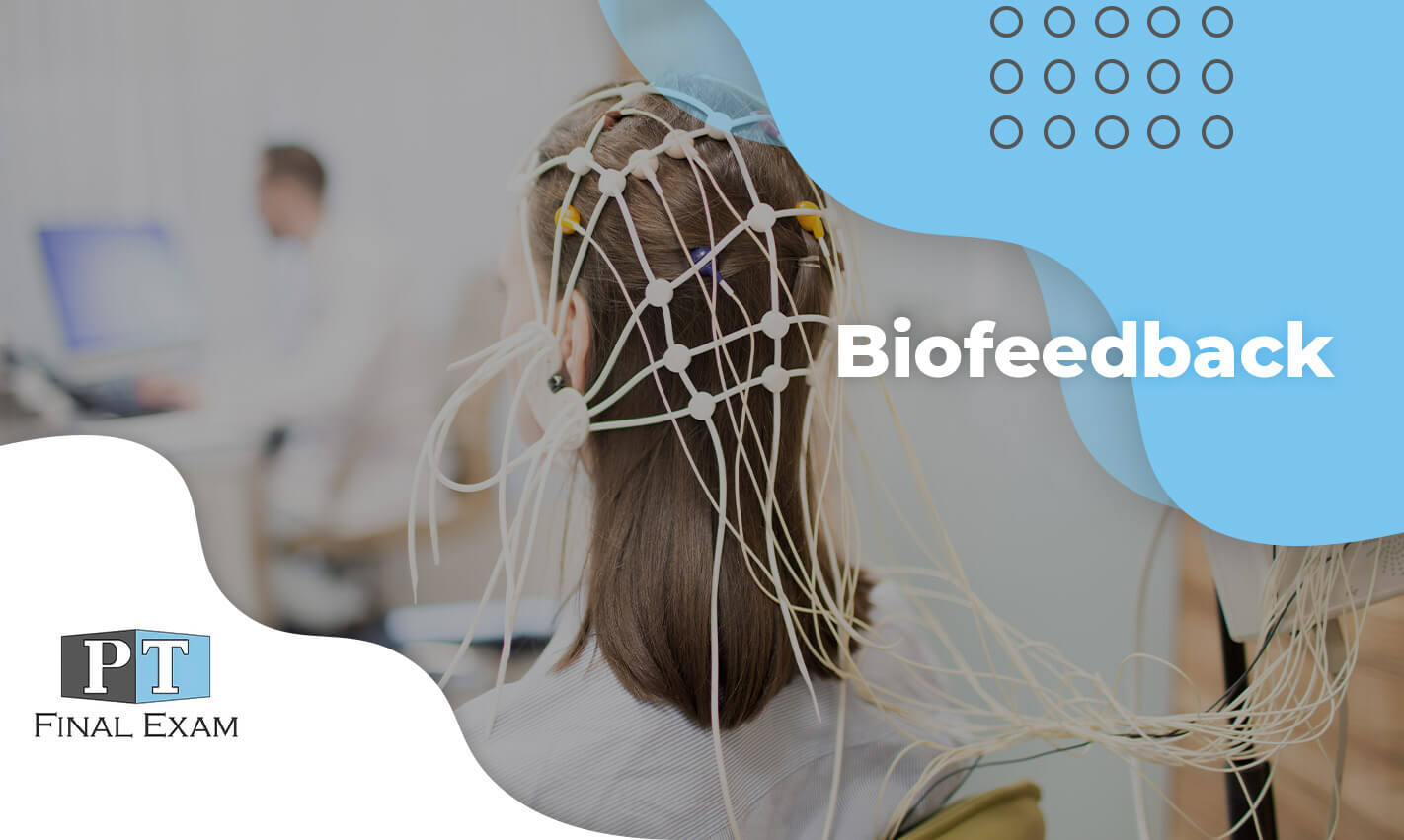qEEG works by placing small sensors on the head to capture neural activity. These sensors detect electrical impulses produced by nerve cells, the cells in the brain that communicate with each other. The data gathered is then analyzed and displayed as a series of patterns. Each kind of neural wave—such as alpha, β, δ, and theta—corresponds to different psychological states and functions. For instance, alpha waves are commonly linked with calmness, while beta oscillations are associated to engaged thinking and issue resolution. By analyzing these patterns, clinicians can detect irregularities that may indicate mental health concerns.

One of the significant benefits of qEEG is its capability to offer objective data. Unlike conventional assessments that rely on personal reports from clients, qEEG offers a clear picture of neural look at this website function. This objectivity can help minimize prejudices in assessment and result to more precise treatment strategies. For instance, if a client is experiencing stress, qEEG can show particular patterns of brain activity that are associated with anxiety conditions. This data enables psychological health professionals to tailor treatments more effectively, whether it be through therapy, medication, or other treatments.
Moreover, qEEG can be particularly beneficial in tracking intervention advancement. By performing qEEG evaluations at various stages during treatment, clinicians can monitor variations in neural activity over period. This continuous assessment assists ascertain if a treatment is effective or if adjustments are required. For example, if a patient is not reacting to a specific medication, qEEG may show that their brain activity has not changed in a way that indicates progress. This response cycle can result to more customized and effective psychological health care.
In conclusion, qEEG brain mapping is a powerful instrument in the domain of psychological health evaluation. By offering unbiased information about neural function, it improves the comprehension of different psychological health conditions. This method not only assists in precise assessment but also assists in tracking treatment effectiveness. As mental health professionals continue to explore the potential of qEEG, it holds promise for improving the lives of individuals facing psychological health issues. With continuous research and advancements in technology, the mysteries of the mind may become clearer, resulting to better results for those in requirement of support.